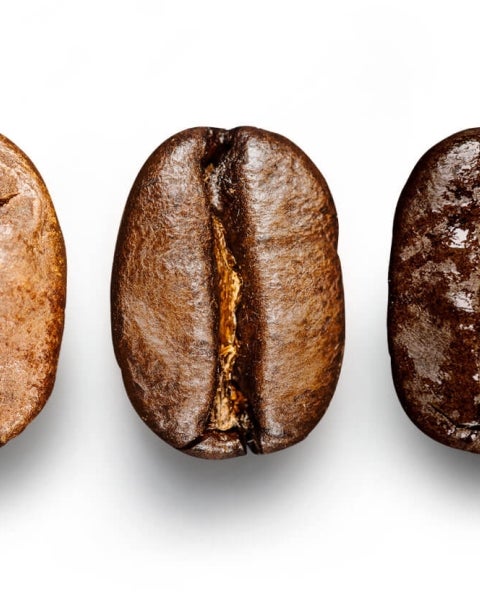Nestlé uses Starbucks trademarks under license. Keurig and K-Cup are trademarks of Keurig Green Mountain, Inc., used with permission. Pike Place is a trademark of The Pike Place Market PDA, used under license. NESPRESSO® is a registered trademark of Société des Produits Nestlé S.A. All other trademarks are the property of their respective owners.
ABOUT THIS GUIDE
A good grind is the first step to an exceptional brew. This guide will show you the different types of coffee ground coarseness and how to achieve a consistent grind each time, while comparing the two main types of coffee grinders.
Choosing Your Grinder
A precise grind is key to making the most flavorful cup.


BURR VS. BLADE
BURR GRINDERS
Burr grinders use two revolving abrasive surfaces, or burrs, to grind the beans—just a few at a time.
BLADE GRINDERS
Blade grinders use a single centered blade to chop up beans progressively into smaller and smaller pieces.
HOW THEY WORK
BURR GRINDERS
Burr grinders take it slower, drawing the beans through the grinding mechanism to deliver a uniform grind every time. They also use preset adjustable settings to create the grind size you need—whether that’s courser for coffee press or finer for espresso.
BLADE GRINDERS
Blade grinders grind beans quickly and aggressively, but they don’t have adjustable settings, so they rely on the user to define the size of the grind. Generally, the longer the grinder is on, the finer the grounds become.
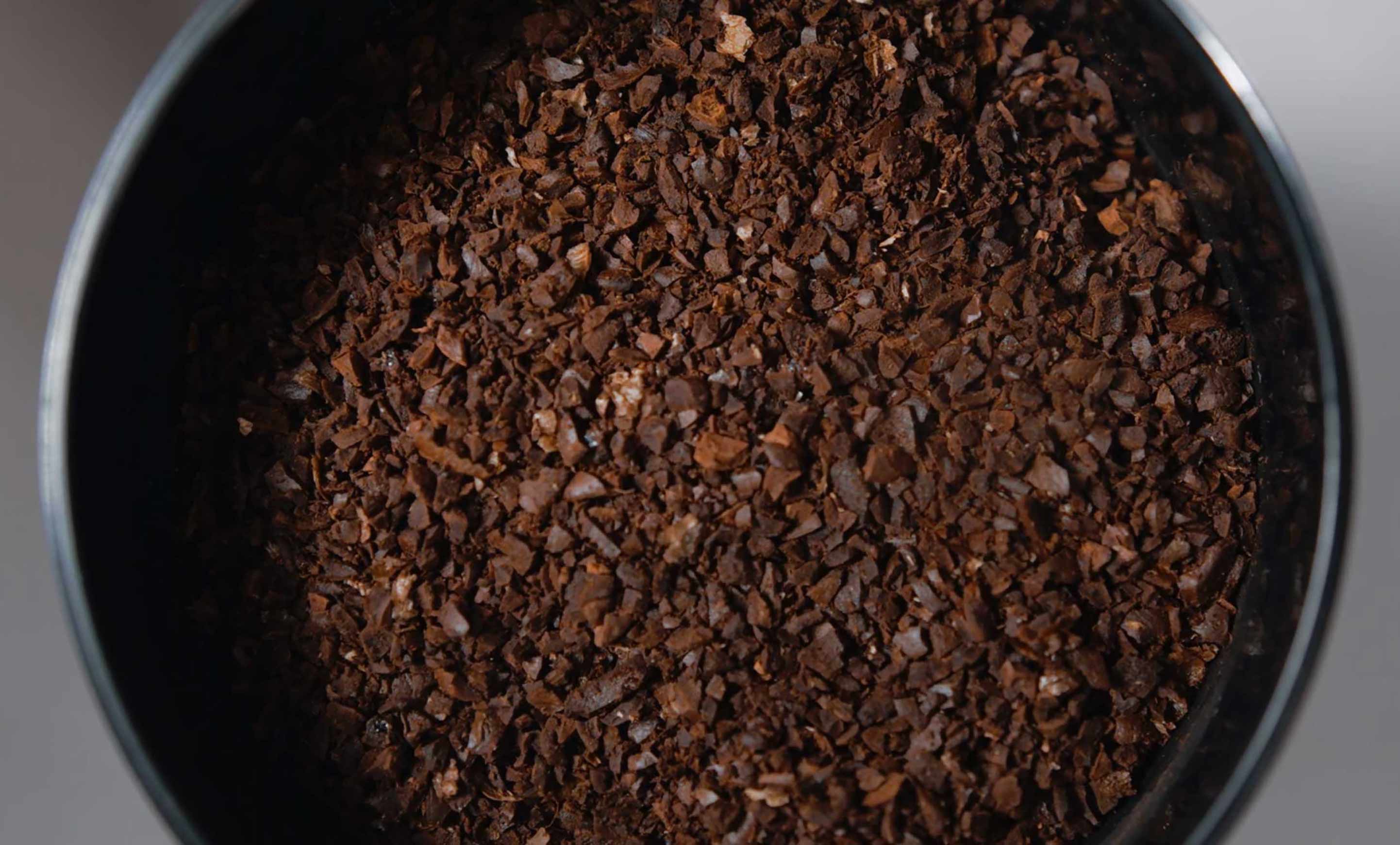
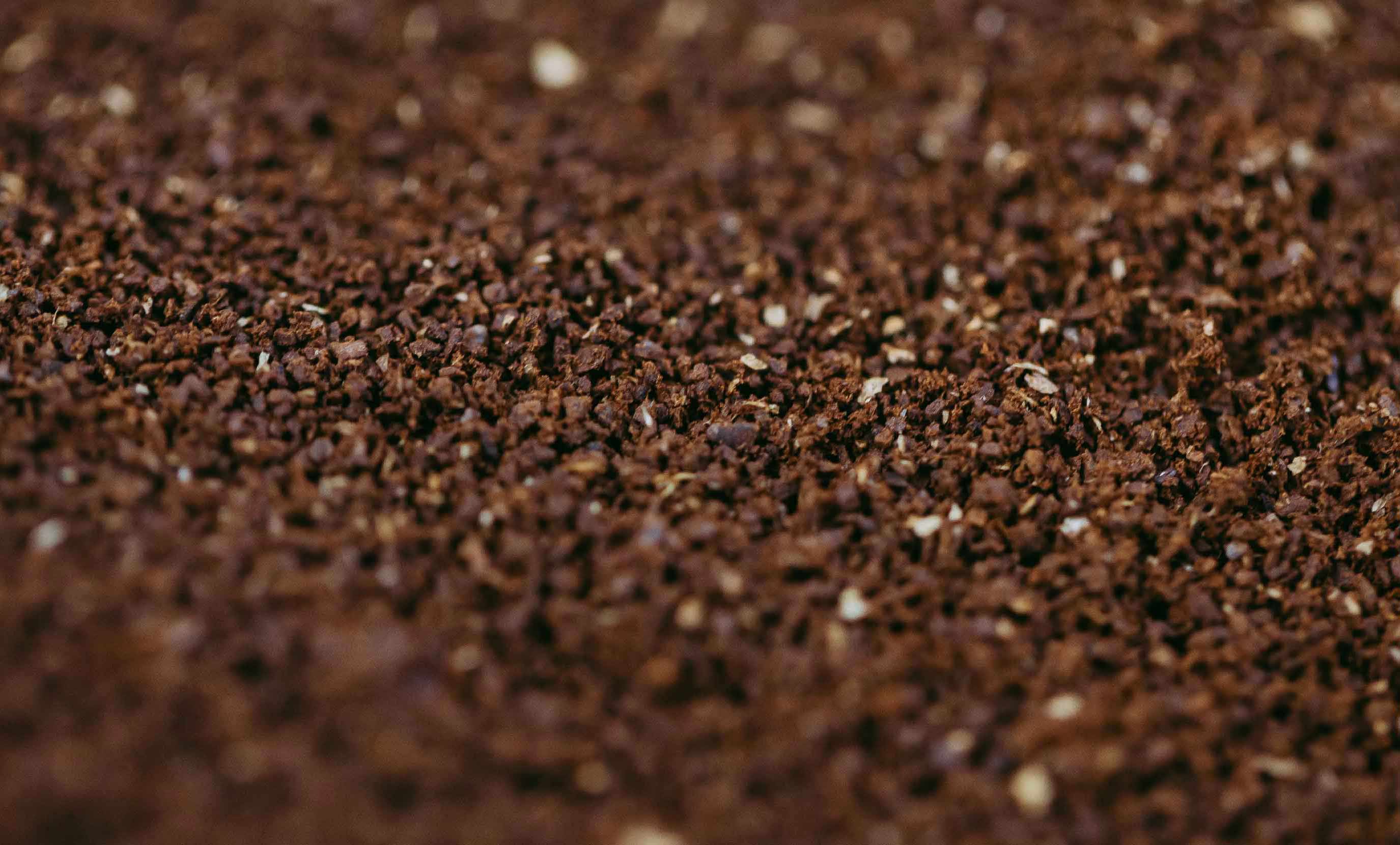
End Result
BURR GRINDERS
Burr grinders offer far more control and a more uniformly consistent grind, enabling the water to evenly extract the flavor and create a noticeably better cup of coffee.
BLADE GRINDERS
Blade grinders tend to be more inconsistent, producing an uneven grind of course and fine grounds. Usually, this results in a flatter tasting cup of coffee.
Starting with great beans is so important to the process, but you can maximize the flavor of each cup by using a grinder that offers the consistent coarseness that’s needed for your preferred brew method.
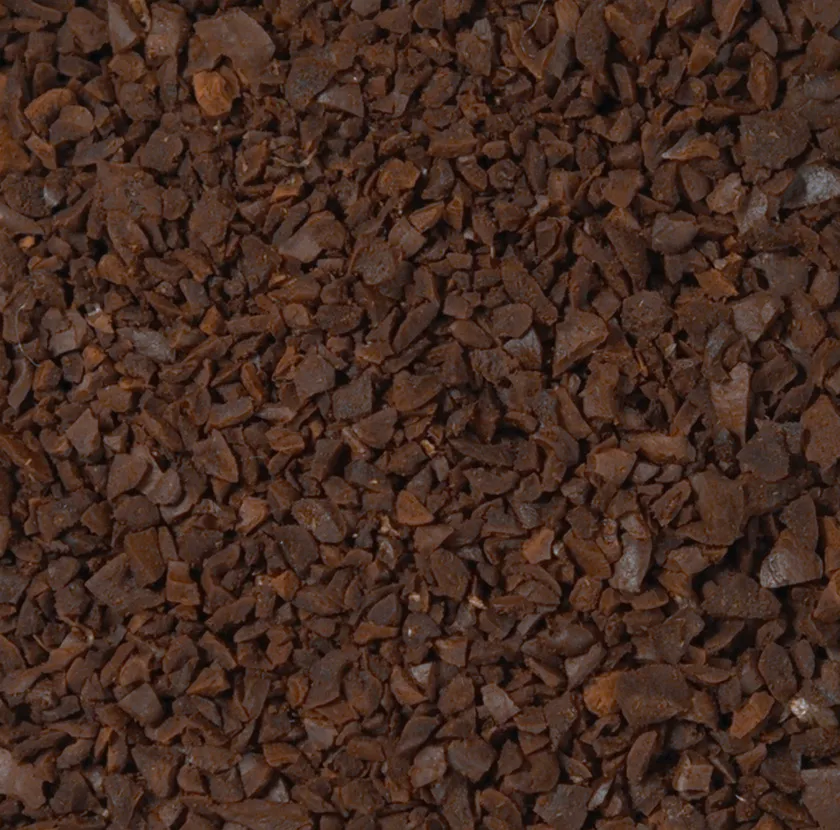
COARSE GROUND COFFEE
A coarse grind resembles kosher salt in consistency. With a larger surface area, it’s ideal for any immersion brewing, like you would find using a coffee press.

MEDIUM GROUND COFFEE
A medium grind resembles cornmeal in consistency. This grind ensures the perfect extraction of flavor from the beans—ideal when using a Chemex® brewer, drip coffee machine or moka pot.
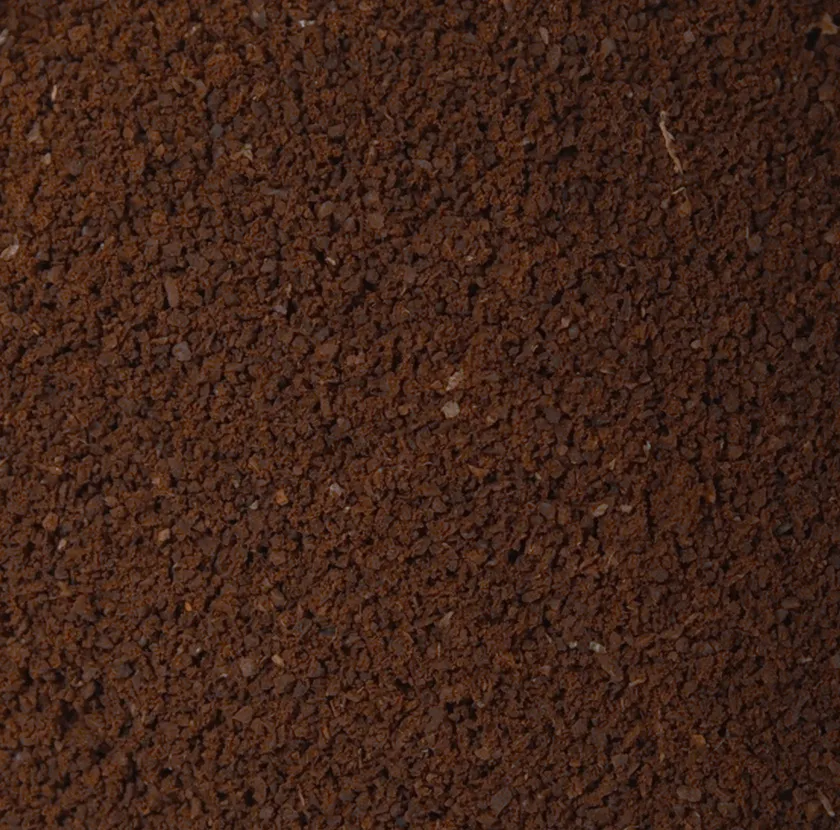
FINE GROUND COFFEE
A fine grind resembles table salt in consistency. It is most commonly used for pour-over brewing. In this style of brewing, grind size is everything, so be mindful not to grind too coarsely or finely as this affects the taste of your cup.

EXTRA FINE GROUND COFFEE
An extra fine grind resembles powdered sugar in consistency. This is typically used with quicker brewing methods, such as espresso.
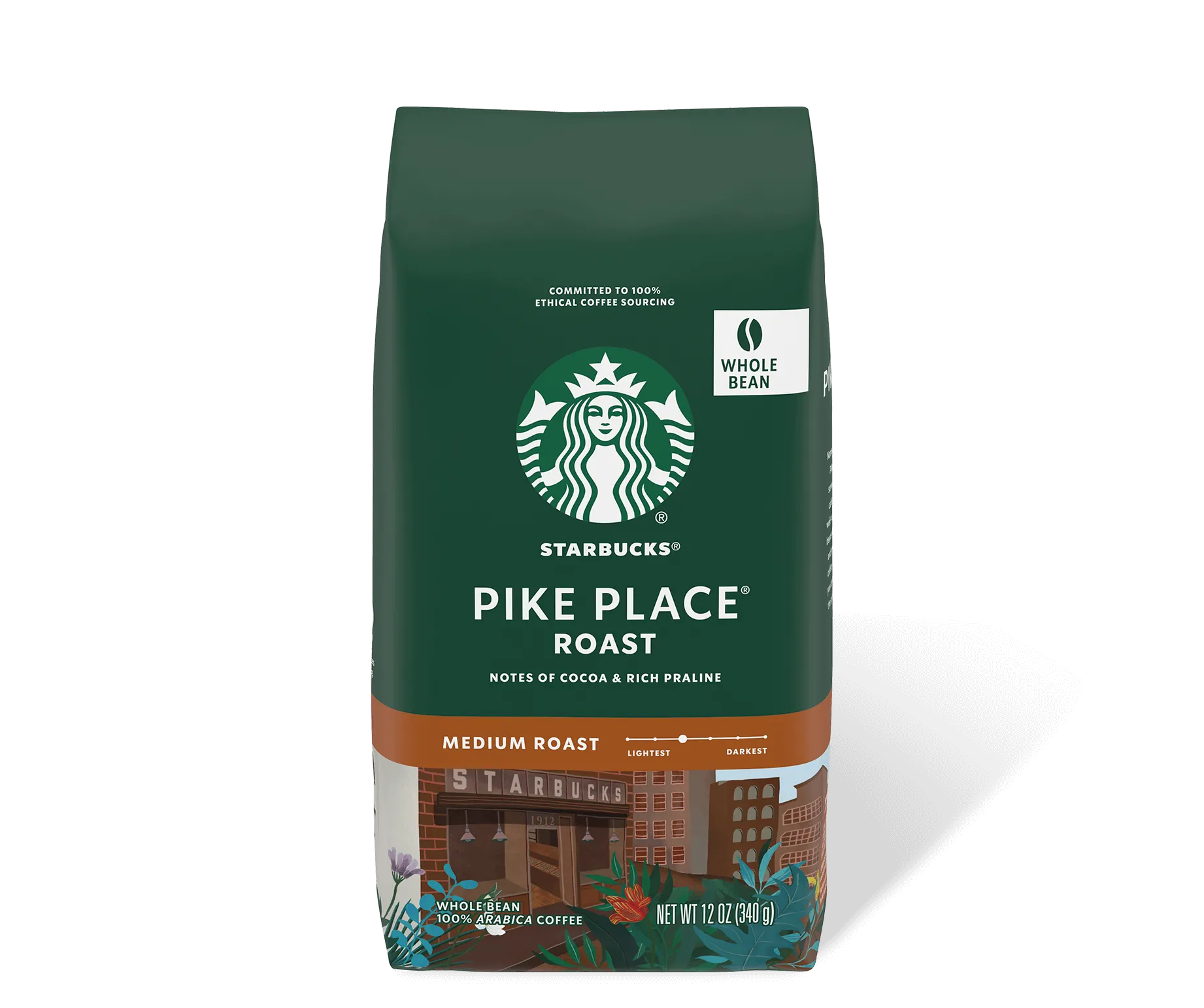
RECOMMENDED COFFEE
Pike Place® Roast
A smooth, well-rounded blend of Latin American coffees with subtle notes of cocoa and rich praline, it's perfect for every day.
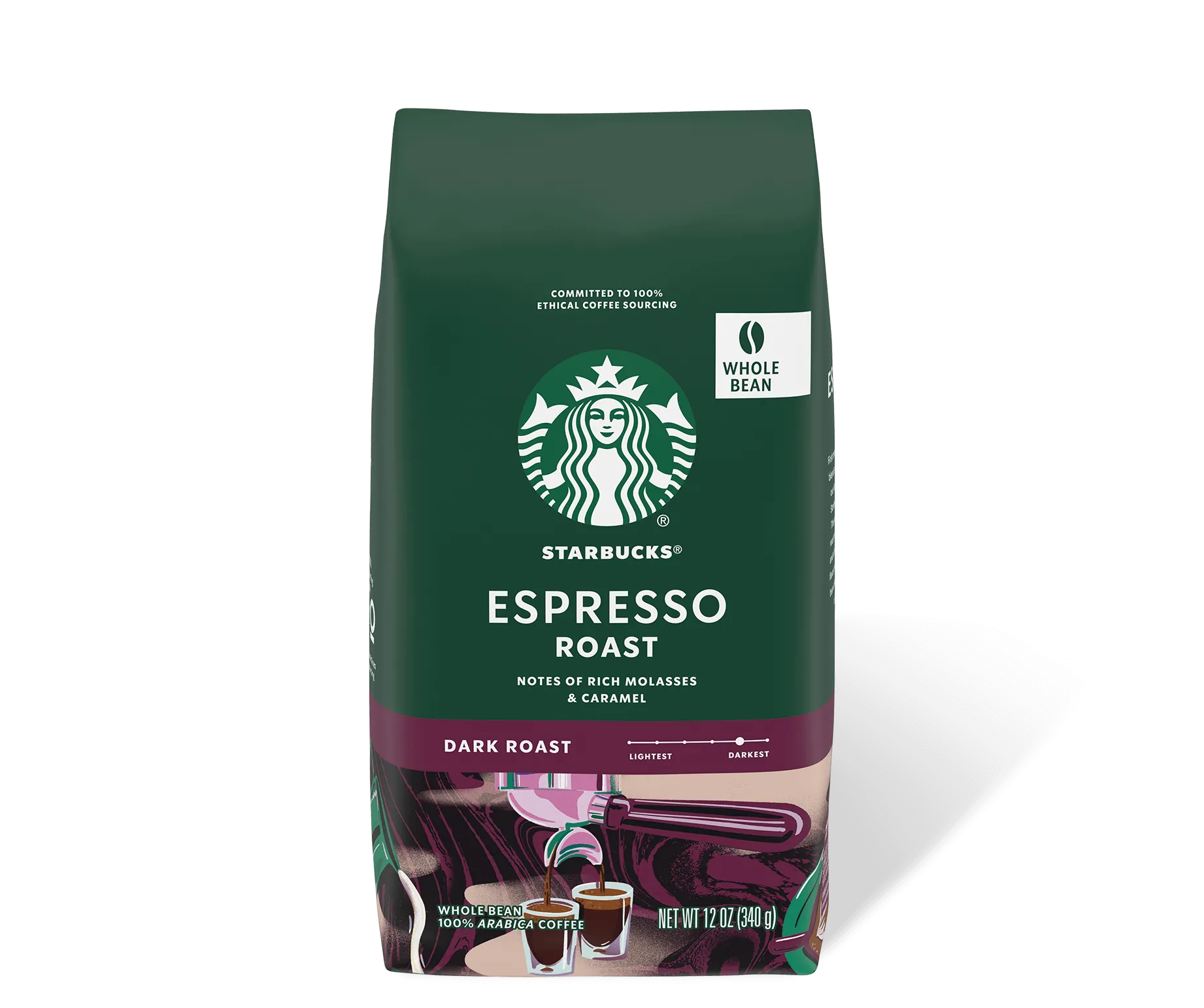
RECOMMENDED COFFEE
Espresso Roast
A classic and time-honored dark roast with notes of molasses and caramelized sugar that’s perfect for making classic espresso drinks.



